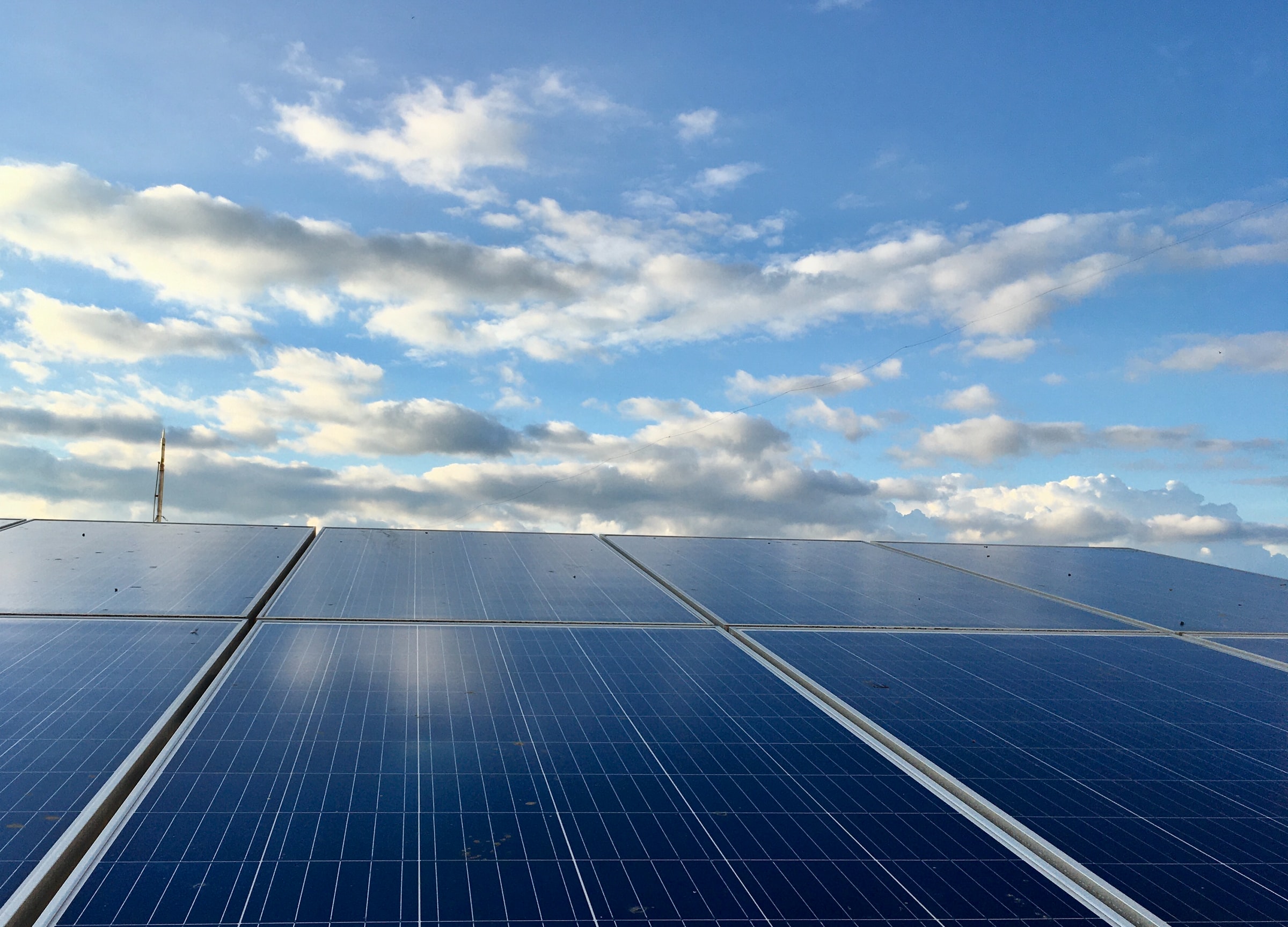Antarctica and the Southern Ocean have profound influence on sea level, climate, and marine ecosystems. Therefore, changes in the region will have widespread consequences for the Earth and humanity.
A study recently published on Nature presents two narratives on the future of Antarctica and the Southern Ocean, from the perspective of an observer looking back from 2070. The research aims to show the possible consequences of particular courses of action (or inaction) in order to start discussion and consideration of options for Antarctica’s future while highlighting how the future of Antarctica is tied to that of the rest of the planet and human society.
In the first “high emissions/weak action” scenario, no meaningful action was taken to mitigate greenhouse gas emissions and global warming continued unabated. In the second “low emissions/strong action” scenario, aggressive measures were taken to limit emissions, restrict global warming, manage increased human use of Antarctica and increase resilience.
“The message from this work is clear,” co-author Professor Steven Chown of Monash University’s School of Biological Sciences and President of the Scientific Committee on Antarctic Research said. “Global sustainability depends on a rapidly closing window of opportunity. If we take action now, to limit greenhouse gas emissions, Antarctic environments will remain much as we have come to know them over the past 200 years. If we do not, they will change dramatically, and through their connections to the rest of the Earth System, result in global impacts with irreversible consequences.”
Antarctica in 2070 under the high emissions scenario
After 50 years of continued high greenhouse gas emissions, global mean surface air temperatures over land are now more than 3.5 °C higher than observed in the late nineteenth century, well above the 2 °C target introduced in international climate agreements. Growth in energy and food demand by the increased global population, supplied predominantly by intensive agriculture supported by fossil fuel use and associated with deforestation, drove an ongoing acceleration of greenhouse gas concentrations in the atmosphere. Lack of action to mitigate greenhouse gas emissions was accompanied by lack of regulation of the human presence in Antarctica. Therefore both distant and local human activities have left a permanent footprint on the Antarctic and Southern Ocean environment.
In the high emissions scenario, by 2070 major ice shelves have collapsed, sea level rise has accelerated to rates not seen in 20,000 years, ocean acidification and over-fishing have altered Southern Ocean ecosystems, and failure to manage increased human pressures has degraded the Antarctic environment. This narrative assumes that little action was taken to respond to environmental and human pressures on Antarctica. As a result, the Antarctic environment was hit by the combined effects of warming, ocean acidification, spread of invasive species and unrestricted growth in human activities, resulting in a degraded environment and altered ecosystems.
Antarctica in 2070 under the low emissions scenario
In the low emissions narrative, Antarctica in 2070 looks much like it does today. The ice shelves remain intact, Antarctica makes a small contribution to sea level rise, and the continent remains a “natural reserve, dedicated to peace and science” as agreed by Antarctic nations in the late 20th century. This scenario assumes that Antarctic nations worked together to establish policies to manage the environmental and social pressures on the continent. Antarctic ecosystems remained largely unaltered, as warming and ocean acidification were kept in check, and growing human use of Antarctica for tourism, fisheries and bioprospecting was managed sustainably.
“Continued high greenhouse gas emissions risk committing us to changes in Antarctica that will have long-term and far-reaching consequences for Earth and humanity,” lead author and senior scientist with CSIRO’s Centre for Southern Hemisphere Oceans Research and the Antarctic Climate and Ecosystems Cooperative Research Centre in Hobart, Dr Steve Rintoul said. “Greenhouse gas emissions must start decreasing in the coming decade to have a realistic prospect of following the low emissions narrative and so avoid global impacts, such as substantial sea level rise.”
Even if the two scenarios are of course highly speculative and intended as a starting point for discussion, rather than as predictions of the future, one thing is certain, however: the authors of the study underlined that the narrative that eventually plays out will depend substantially on choices made over the next decade.
Read more:
The study published on Nature: Rintoul, S.R., Chown, S.L., DeConto, R.M., England, M.H., Fricker, H.A., Masson-Delmotte, V., Naish, T.R., Siegert, M.J. & Xavier, J.C. 2018. Choosing the future of Antarctica. Nature, 558, 233-241.
CSIRO Press Release.
Monash University Press Release.






